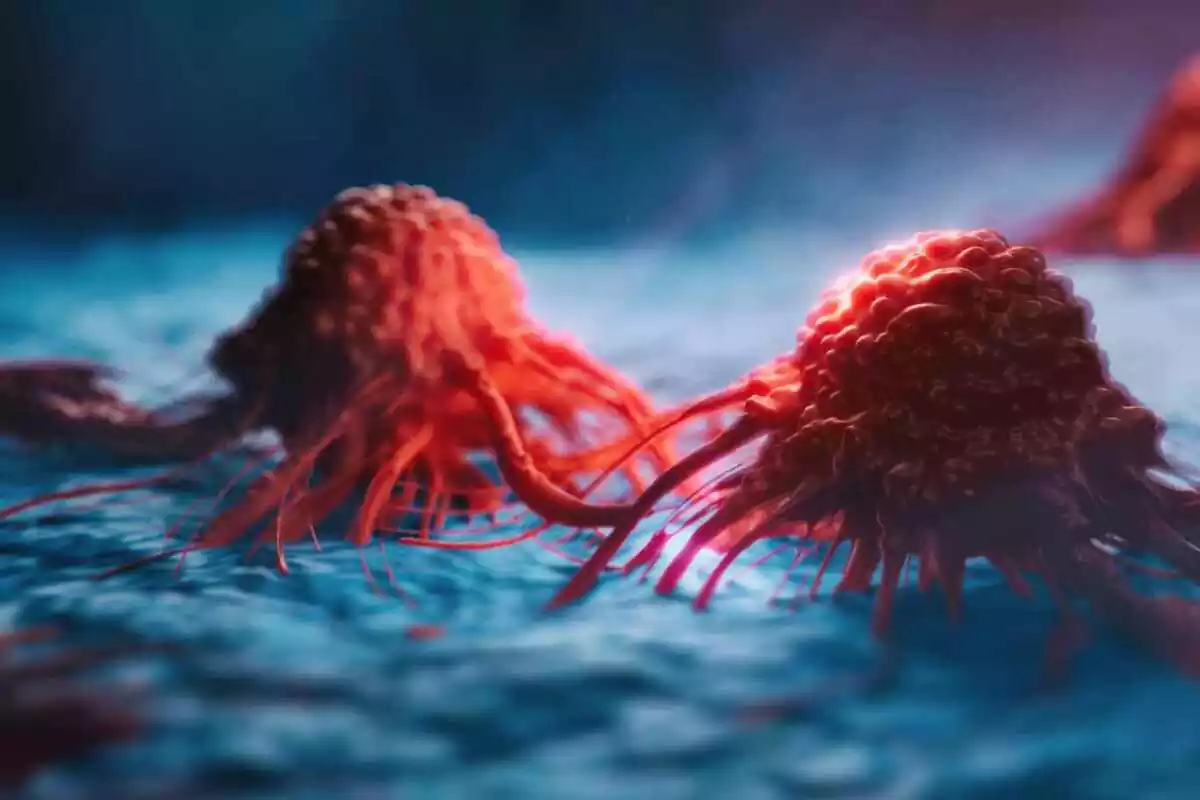One of the conditions that has caused the most commotion and fear all over the world recently is the Ebola virus. In this article, we discuss what Ebola is, its symptoms, causes, and treatments.
What is Ebola?
Ebola, also known as Ebola virus or Ebola hemorrhagic fever, is a viral disease that can affect both humans and primates.
This disease was first identified in 1976 in African populations close to the Ebola river (where it earned its name), and outbreaks have appeared periodically in tropical regions of sub-Saharan Africa since this time.
The biggest epidemic of all time lasted from December 2013 to January 2016, in Western Africa and took the lives of 11,310 people.
In March of this same year, the state of emergency was lowered. However, in 2017, another outbreak in the Democratic Republic of the Congo emerged, which resulted in a worldwide alert once again.
Transmission
Ebola is considered a highly contagious disease with a high death risk, and no specific treatment is entirely effective in combatting this disease.
According to available records, this disease takes the lives of between 25% and 90% of those affected.
As with other conditions, this virus is transmitted via direct contact with body fluids of infected people, as well as through contact with articles recently contaminated with body fluids, like clothing or sheets.

Symptoms
As mentioned in the previous point, after an incubation period of between two and three days (and up to 5 or 10 days), the symptoms of the disease start suddenly and include the following:
- High fever
- Severe headaches
- Joint and muscle pain
- Cold symptoms
- Tiredness and fatigue
Over time the condition worsens, and more harmful symptoms appear:
- Nausea and vomiting
- Diarrhea
- Blood in feces
- Red eyes
- Rash
- Chest pain and coughing
- Throat pain
- Stomach pain
- Drastic weight loss
- Hemorrhaging and bleeding eyes
- Internal bleeding
If the patient can overcome these symptoms, recuperation begins between 7 and 14 days after the appearance of the first signs. Otherwise, the affected person usually perishes between 6 and 16 days after the appearance of the first symptoms. Generally if hemorrhaging occurs, this indicates severe deterioration and implies almost certain death.
In cases where the affected person survives, they may continue to suffer from constant joint and muscle pain, liver inflammation, hearing and/or vision problems, and constant fatigue, in the aftermath.
These people develop Ebola antibodies that last for at least 10 years, but this does not assure their immunity against other infections.
Causes
Although this has yet to be determined, fruit bats are thought to be the primary carriers of the virus in nature. They are most likely capable of spreading it without being affected themselves.
This disease can be transmitted both to animals and humans. However, species to species transmission has yet to be proven. Hypotheses infer that the virus could also be transmitted to humans through infected animals' body fluids.
As far as human transmission, an infected person does not become contagious until the first symptoms of the disease appear. It is common for family members and caretakers of the ill to catch the disease while caring for or even while preparing their loved one's body for the burial.
Likewise, if medical personnel do not use or have access to proper protection, they are also more likely to be infected themselves. Keeping the scarcity of resources available in the countries affected by Ebola outbreaks in mind, it is logical that this disease ends up taking the lives of so many.
Treatment
For the time being, there is no cure for Ebola. Once the virus has taken hold, treatment is primarily based on care and relieving the symptoms of the disease. The patient is also kept constantly hydrated to increase their likelihood of survival.
Oral or intravenous rehydration is done in conjunction with pharmaceuticals that relieve pain, nausea, and fever.
Anticoagulants like heparin can also be administered, and blood levels can be maintained with concentrated red blood cells, platelets, or fresh frozen plasma.
References
Goeijenbier, M., van Kampen, J. J., Reusken, C. B., Koopmans, M. P. & van Gorp, E. C. (2014). Ebola virus disease: a review on epidemiology, symptoms, treatment and pathogenesis. The Netherlands Journal of Medicine, 72(9): 442–48.
Hoenen, T., Groseth, A., Falzarano, D. & Feldmann, H. (2006). Ebola virus: unraveling pathogenesis to combat a deadly disease. Trends in Molecular Medicine, 12(5): 206–215.
